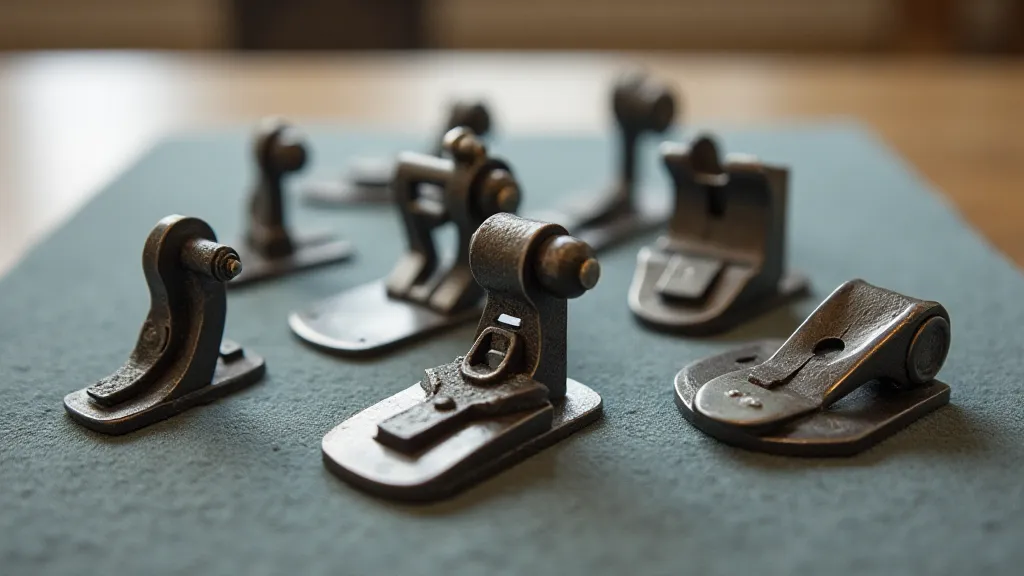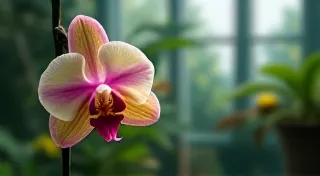The Loom's Legacy: Tracing the Connection Between Hand-Sewing and Early Machine Feet
There's a quiet beauty to an antique sewing machine foot. It’s not the flash of a modern gadget, but something deeper—a tangible connection to the ingenuity of the past. Holding one in your hand, you can almost feel the dedication of the craftsman who shaped it, the countless hours spent perfecting its form and function. These seemingly small components hold within them a remarkable story, a tale of how the intimate, centuries-old practice of hand-sewing gently, almost unconsciously, paved the way for the mechanical marvels that followed. It’s a story of evolution, adaptation, and the persistent human desire to make creation easier, faster, and more accessible.
My own fascination began years ago, rummaging through a box of inherited sewing supplies. Amidst the tangled threads and rusted needles, a small, oddly shaped piece of metal caught my eye. It was a Singer shank foot, its edges worn smooth with use, a tiny chip missing from its toe. Suddenly, the sterile world of sewing manuals and online tutorials vanished. I wasn’t looking at a component; I was holding a fragment of history. A tool that had, in its own way, helped create clothes for generations.

From Needle and Thread to Mechanical Embrace
Before Elias Howe and Isaac Singer revolutionized garment creation, sewing was an intensely personal and laborious process. Imagine the skill and patience required to craft an entire dress by hand! Each stitch represented a deliberate act, a testament to the sewer's expertise. Early hand-sewing techniques, like running stitch, back stitch, and blanket stitch, weren't simply methods; they were honed over centuries, passed down through families, and integral to the fabric of daily life. These techniques shaped the garment’s structure and its aesthetic.
The development of the sewing machine didn't happen in a vacuum. The earliest machines weren’t born fully formed; they were attempts to mechanize, to mimic, and ultimately to enhance the processes already established by hand. The initial sewing machine feet, unsurprisingly, were designed to directly correspond to common hand-sewing stitches. The earliest designs tried to reproduce the motion of a hand-sewing technique; the needle would pierce the fabric, a loop would form, and the thread would be drawn through—all mirroring the movements of a practiced hand.
The Evolution of the Foot: Mimicking the Hand
Consider the early straight stitch foot. Its shape, its slightly rounded toe, weren’t arbitrary. They were a direct response to the way a hand sewer guided the fabric while pulling the thread. The slight curve allowed for consistent fabric engagement, preventing the fabric from bunching or shifting during the stitch cycle, much like the subtle pressure a sewer applies with their fingers. The foot needed to be a facilitator, a partner to the needle, not an impediment.
The early zigzag foot, a later development, demonstrates a similar evolution. Though the zigzag stitch itself was a significant technological advancement, the foot’s design still retained an element of hand-sewing nuance. A skilled sewer often used a slightly angled approach when sewing curves or navigating thick fabrics; the early zigzag foot attempted to replicate this, allowing the operator a degree of control and adaptability. Early feet were often simpler, more ‘organic’ shapes – reflecting the practical, iterative process of development. Mass production would later influence more standardized designs.
The early presser feet – often crafted from brass or iron – often had a heavier feel to them, reflecting the materials available at the time. These early feet were often attached to the machine with a simple shank, a feature that is still common today. However, the design of the shank itself began to evolve, adapting to the changing needs of the machine and the operator.
The Craftsmanship and the Collector’s Eye
Examining an antique sewing machine foot is an exercise in appreciating craftsmanship. Look closely, and you’re likely to see evidence of the hand involved in its creation. Subtle tool marks on the surface, slight imperfections in the casting – these aren't flaws; they're signatures of a time when things were made with a more personal touch. Many early feet weren’t just stamped or pressed; they were painstakingly filed and polished, a testament to the dedication of the maker.

For collectors, these details are invaluable. A foot’s condition, its markings, its rarity – all contribute to its value. Early Singer feet, for example, are highly sought after. The subtle variations in design, even within the same model, can significantly impact a foot’s desirability. Identifying these variations requires careful observation and a deep understanding of the history of sewing machine manufacturing. It's not just about knowing what it *is*; it’s about understanding *where* it came from, *who* made it, and the story it holds.
Beyond Function: A Legacy of Innovation
The evolution of the sewing machine foot is more than just a story of technological progress; it’s a reflection of the enduring human desire to improve our lives, to make work easier, and to create things of beauty. The earliest feet may seem rudimentary compared to the specialized attachments available today, but they represent a crucial link between the past and the present. They remind us that even the simplest tools can be instruments of innovation, and that the legacy of hand-sewing continues to shape the world of crafting today.
Thinking about these early feet gives you a new appreciation for the modern conveniences we often take for granted. While today’s feet might be constructed from more advanced materials and precisely manufactured, it’s important to remember the ingenuity that went into their predecessors. They embody a spirit of resourcefulness and adaptation – qualities that are as relevant today as they were centuries ago.
The next time you're working with your sewing machine, take a moment to consider the history of the foot beneath your needle. Imagine the hands that shaped it, the countless garments it helped create, and the enduring legacy of hand-sewing that continues to inspire us. It’s a connection to the past, a celebration of craftsmanship, and a reminder that even the smallest tools can tell the grandest of stories.





